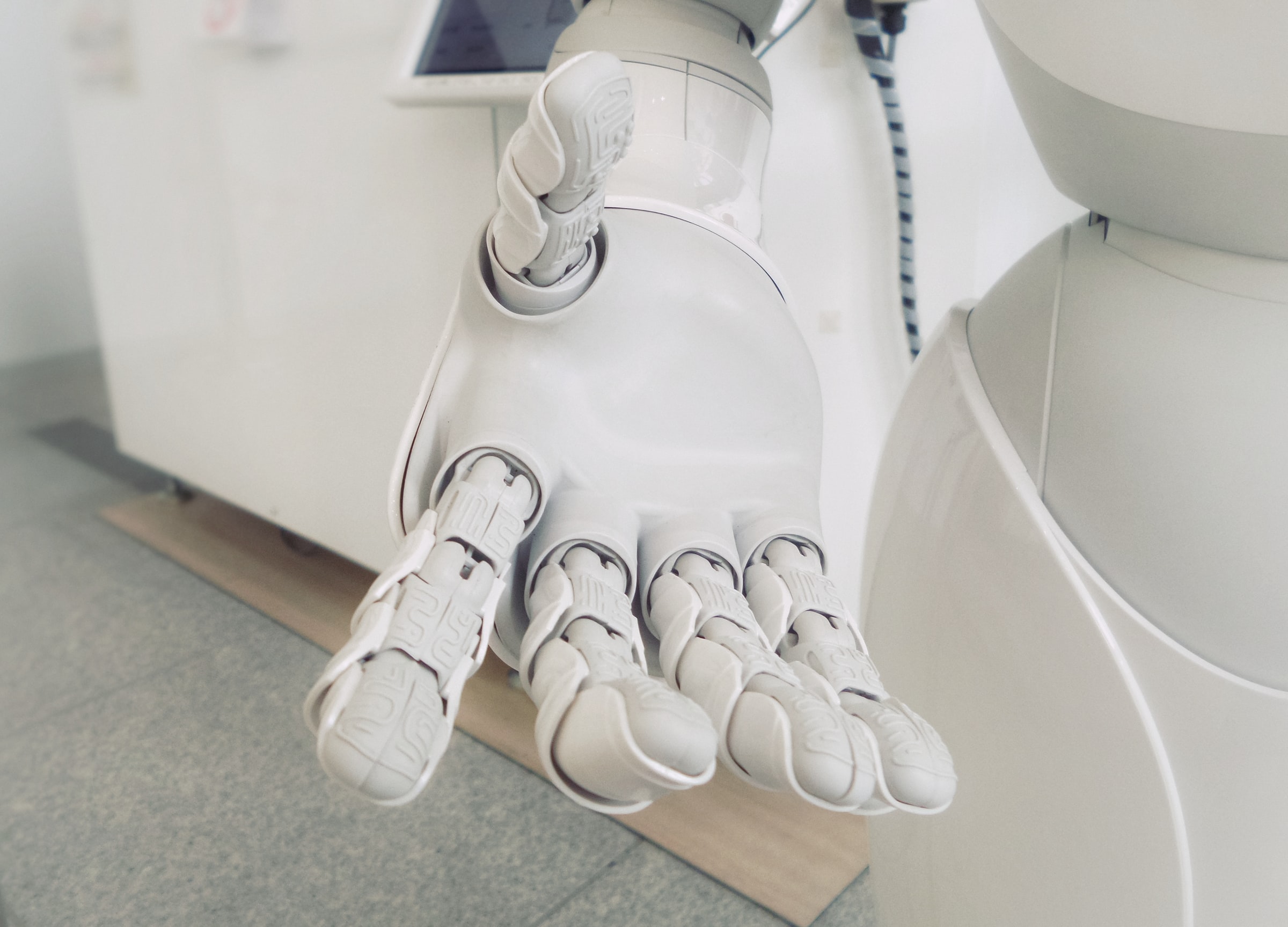In the current climate of declining university revenues, it is worthwhile considering ways in which to address the challenge while simultaneously supporting government policy on research and development (R&D) and the potential for economic stimulus. It is advocated that encouraging industry and university collaboration can result in gaining efficiencies. Moreover, it can lead to creative stimulus in R&D activity with the potential of concordant financial and non-financial benefits to both, supported by the achievement of administrative cost reductions to government. Collaboration that takes into account the respective strengths of the participants can be structured so as to shift the focus of potential R&D taxation claims onto early methodological planning and detailed record keeping and importantly knowledge sharing.
Needs for improvement
Collaboration is not a new concept as evidenced by various submissions and reviews in recent years. A prominent one is the Performance Review of the Australian Innovation, Science and Research System of 2016. The review found a lack of knowledge transfer between the research and business communities and that such knowledge transfer needs to be improved as current collaboration is weak and there is low mobility of people between academic and business careers. This is supported by the policy related finding that in 2016-17 only 16 per cent of government funding for innovation was predicted to specifically encourage knowledge transfer. Within this review, the Australian Research Council (ARC) recommends a collaboration component. It also recommends a collaboration premium of up to 20 per cent for the non-refundable tax offset for R&D undertaken with publicly-funded research organisations.
The need for collaboration is highlighted by submissions to the Senate Economics Legislation Committee inquiry in 2018. Of the 64 submissions made available for public scrutiny, almost one third made specific reference to collaboration in a positive light, and emphasised and critiqued aspects that were directly relevant to the benefits of collaboration.
Further, there is support for collaboration from the ‘Boosting the Commercial Returns from Research‘ consultation paper published in 2014 by the Department of Education for placements of PhD students in industry. The paper also raises the possibility of a parallel incentive scheme. This scheme would reward industry investment in research through a payment or offset based on the amount invested in a similar way to the R&D Tax Incentive or it could be integrated into the incentive itself.
Definitions of R&D
What needs to be appreciated during potential implementation of a more collaborative scheme is the nature of the research conducted and the definitions in both the OECD Frascati Manual and the Income Tax Assessment Act. The Frascati Manual specifies three different types of R&D activity: basic research, applied research and experimental development. In particular, the Manual succinctly describes applied research as giving operational form to ideas. Also, experimental development emphasises the word ‘development’ and the characteristic of production of knowledge additional to knowledge already in existence.
Policy features are consistently articulated through legislation including the object of the Industry Research and Development Act 1986 (IR&D Act). The object of that Act is to facilitate the support and encouragement of ‘collaboration in the development and delivery of programs relating to industry, innovation, science and research’ [Emphasis added]
Similarly, key elements of the Income Tax Assessment Act 1997 (ITAA 1997) as introduced by Tax Laws Amendment (Research and Development) Act 2011 are relevant: the object is to ‘encourage industry to conduct research and development activities’. The ITAA 1997 defines core R&D activities at section 355 – 25 by requiring outcomes that ‘cannot be known or determined in advance…can only be determined by principles of established science; and that proceed from hypothesis to experiment, observation and evaluation, and leads to logical conclusions; and that are conducted for the purpose of generating new knowledge (including new knowledge in the form of new or improved materials, products, devices, processes or services) [Emphasis added].
The finer distinctions between the types of research in the Frascati Manual and the link to the ITAA 97 were evident recently in the Full Federal Court decision in Moreton Resources Limited v Innovation and Science Australia (Moreton). The Court found:
In our respectful opinion, the Tribunal misconstrued the words “experimental activities” in the opening line of s 355-25(1) by treating these words as not covering activities having the purpose of generating new knowledge with respect to the application of an existing technology at a new site.
[Emphasis added]
Relevantly, the doctrinal implications of Moreton are that the eligibility of activities must be regarded as including new knowledge derived from using existing technology. This decision noticeably aligns with the OECD definition of experimental development. This is because according to the OECD, experimental development includes ‘improving existing products or processes’ [Emphasis added]. This of course remains subject to all other aspects of the statutory obligations under, but not limited to, s 355-25 of the ITAA 1997.
Given the alignment of the OECD modelling with Australian law, its administration and judicial review, the consequential challenge for a collaboration proposal between industry and universities necessitates fine integration. This means juxtaposing respective research methodologies while appreciating their contrasts vis-à-vis each other and with respect to the legislation above.
How universities can help meet legislative requirements?
The starting point for the reasoning is to acknowledge the difference between the legislative new knowledge requirement for an individual R&D activity, and the requirement of a significant addition to the body of knowledge of a PhD thesis. It is not possible to just rely on PhD body of knowledge dimensions to directly meet the legislative requirement of new knowledge in industry-university collaboration. The legislative requirements still need to be met and this legislative construct of R&D activities differs in terms of scope to the body of knowledge in a PhD thesis. The narrowing is further emphasised by the excluded activities under section 355-25(2). In contrast, PhD research extends beyond this legislative construct and may offer little in assessing the eligibility of the other but provides a useful knowledge base and expertise in considering the expectations of the legislation.
Concomitantly, under the legislation, a claimant must only demonstrate that new knowledge is required because it is not immediately evident or not able to be determined in advance in the absence of experimentation. Indeed, the detailed steps in the R&D activity need only demonstrate they are more than insubstantial to achieve the requisite legislative threshold. This threshold represents a lower benchmark than new knowledge in a PhD thesis adding to the body of knowledge.
Noting this complexity, this paper recommends giving universities a front end role in assessing R&D activities to satisfy the definition in the legislation in the context of their particular experience of research. Although there are differences between university research and industry based R&D activities, there is significant overlap when having to consider a process that includes formulating hypotheses, conducting experiments, evaluating results and deriving conclusions for the purpose of generating new knowledge.
Given the academic scrutiny of research between universities globally, there is also an incentive financially and non-financially for university partners to be selective in their choice of R&D participation. In particular, there is compulsion and accountability that research conducted occurs according to expectations of PhD level research. That is, that the research adds to the existing body of knowledge.
Universities especially are motivated by their ability to attract research funding and more broadly their ranking in various university ranking systems. In addition to this, the current Government policy framework of seeking greater commercialisation of university research will also play a role in encouraging behaviour.
For their contribution, it is advocated that universities be financially compensated through inclusion in the R&D Tax Incentive or something similar. This provides varied incentives: one for the production of innovative, collaborative R&D; the other for universities to continue to pursue their institutional vision; yet another that yields innovation and creativity to industry R&D efforts; and another for government administration costs to be decreased. These benefits are worthy of reflection given they can be contained within a single policy conceptualisation relevant to the challenges facing Australia at this time.
This article is based on Enrico, M & Birbeck, J 2020, ‘Fostering Australian R&D activity through industry-university collaboration’, Australian Tax Forum, vol. 35, no. 2, pp. 171-190. The authors wish to express their appreciation to Professor Robert Deutsch for his guidance during the drafting of this paper. This publication expresses the views of the authors for research purposes and does not reflect the views of institutions mentioned.






Recent Comments